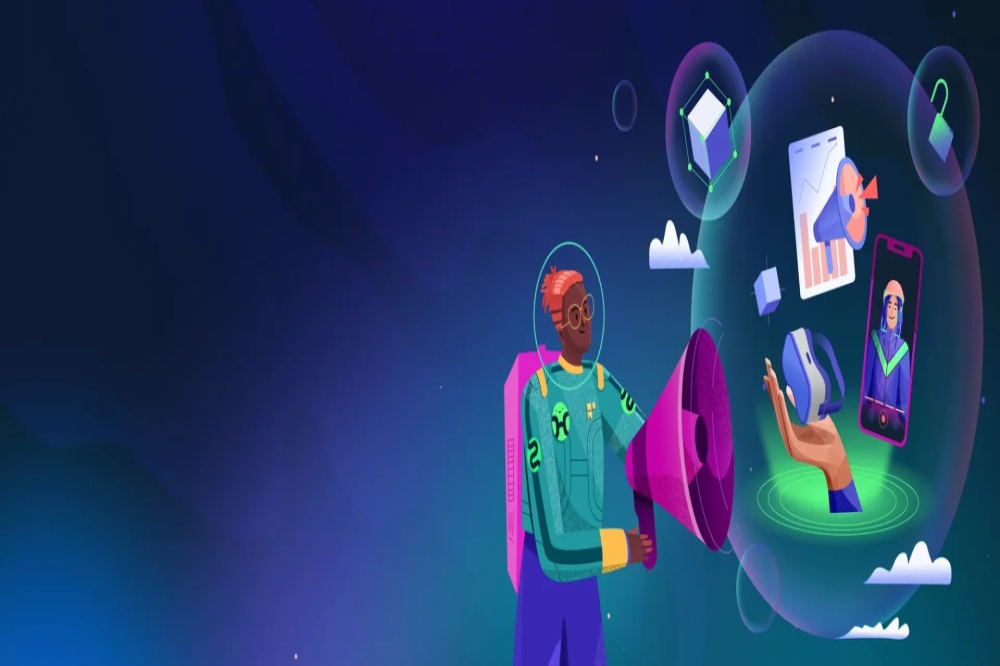
When it comes to using augmented reality (AR) and 3D in marketing, it’s not a question of whether you should try it—it’s why you haven’t yet. 3D and AR technologies are no longer just icing on the cake for campaigns. They are now critical ingredients marketing leaders use to craft some of the most memorable experiences for consumers and businesses alike.
The growth of 3D and AR market opportunities isn’t slowing down either. Gartner predicts that worldwide immersive tech spending will grow by 6.8% this year alone.
We’ve had a front-row seat to see how businesses are using 3D and AR to supercharge their campaigns. Thanks to our global team of AR, 3D, and design pros, Superside has helped over 35 brands unleash their 3D and AR capabilities.
So, what can you do to take advantage of these 3D and AR market opportunities? We asked Superside's Motion and 3D Creative Director, Joe Teixeria, for his insights on what you need to know to unlock new opportunities with 3D, AR and AI.
As we mentioned before, campaigns that convert are using 3D and AR in tandem with traditional assets. They’re an extension of the experience that can help you increase conversions and raise brand awareness. Plus, AR is just fun to experience—especially when it’s done right.
In today's technological user ecosystem, all companies benefit in some way from using 3D in their communications, marketing, and, when applicable, prototyping processes. People react differently to 3D, and movement enhances this reaction even further. With the opportunity for spatial interaction and immersion, 3D and AR make brands more dynamic.
Reading social copy or watching a short video can have an impact, but they’re one-way conversations with your audience. Interactive advertising campaigns built with 3D and AR technologies create personalized experiences that engage your audiences. These interactive campaigns use the sensors and cameras in a mobile device in a browser, all without the need for a custom-built application. No downloading means one less point of friction.
Sony Pictures created an AR-powered experience leading up to the release of Jumanji: The Next Level in 2020. Movie fans were directed to a website via social posts to explore the world of Jumanji. The experience was one of the first voice-activated AR experiences, letting fans say things like “buy tickets” to bring them to the online box office.
Virtual events have come a long way in the last four years. Gone are the days of sitting passively and watching people speak to a camera. Today’s virtual events use everything from breakout rooms to interactive polls to AR to bring people deeper into the event experience.
Whether you’re hosting a virtual conference or launching a new product, 3D and AR technologies can help you make your attendees feel like they’re part of the show.